When choosing an Indian wedding venue, our gorgeous banquet hall is perfect for the occasion. We know the steps to make your Indian wedding exactly how you want it with our experienced coordinators. This includes the colorful tapestry, delicious cuisine, and beautiful Indian wedding traditions that make it unforgettable.
The color, the music, and the history of Indian weddings is a tradition like nothing else. To recognize the deep and rich culture of Indian weddings, here’s what to expect.
What Dress Should I Wear at an Indian Wedding?
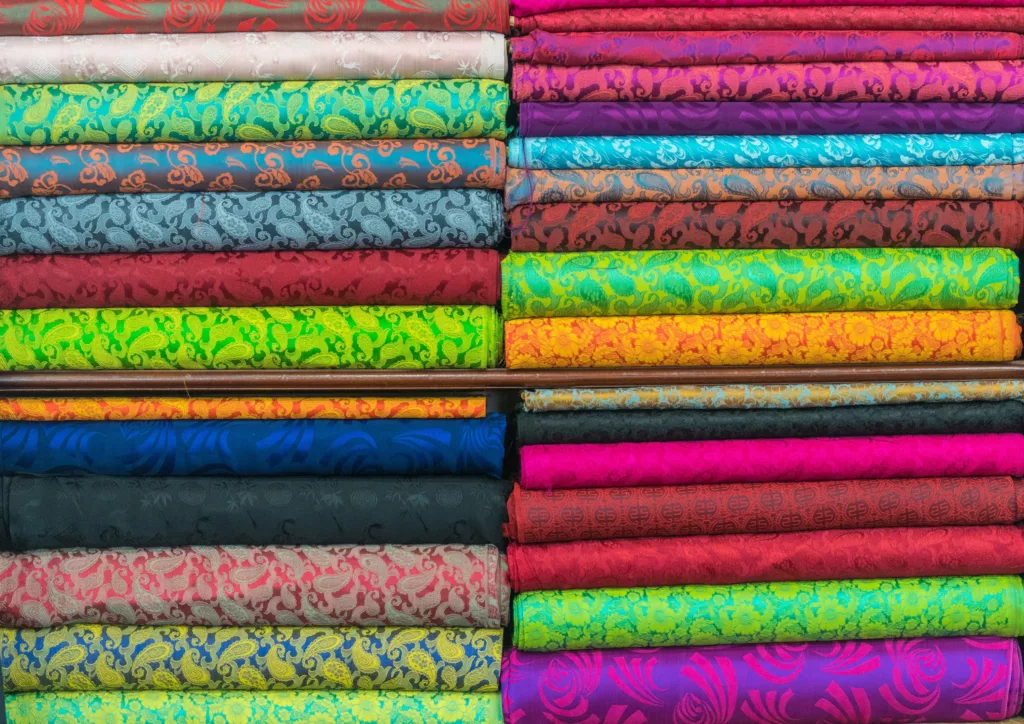
Indian weddings have the most colorful dresses you will see. Feel free to wear some bold and bright colors! You do not want to wear colors that are bland or dark. Remember that it’s a time of celebration for love and marriage.
Indian Wedding Traditions: The Bride’s Dress
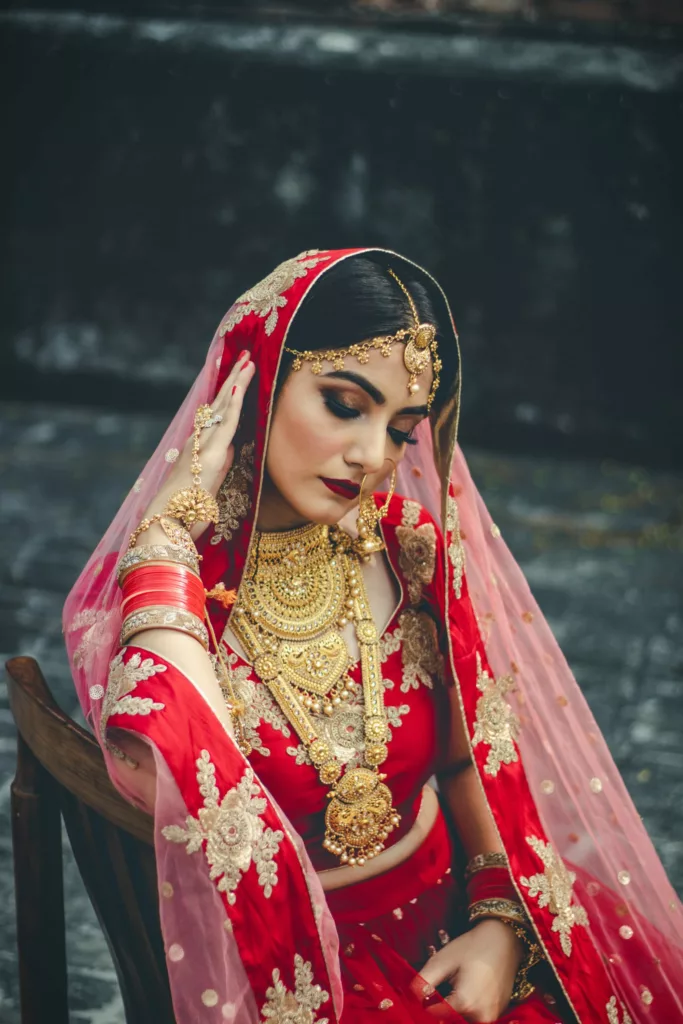
Indian brides will have different dresses depending where their family is from, but most of the time it is a lovely form of a red saree. The bright red dress represents love, passion, and celebration. Gold jewelry can also be worn to show prosperity.
It also gets people’s attention when the bride enters a room!
Indian Wedding Traditions: The Bridesmaids’ Dresses
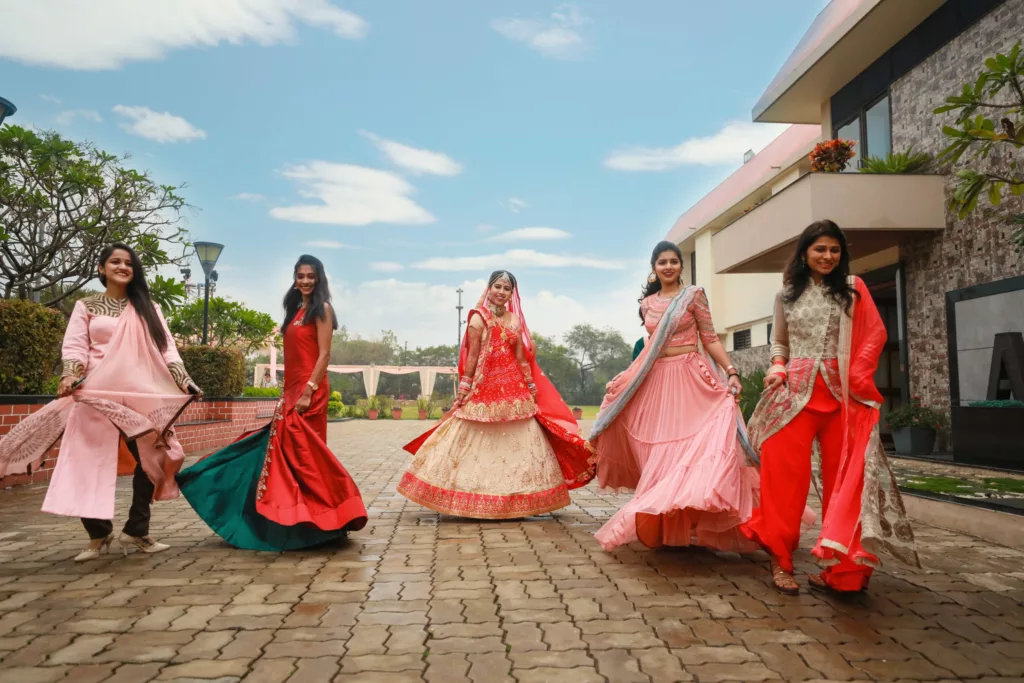
A bride always needs company! Bridesmaids’ dresses are important to collaborating with the bride’s dress. Expect a more relaxing lighter tone of color and jewelry. The bridesmaids are there to support the bride and not overshadow her.
Before the Ceremony
Indian wedding traditions usually happen 2 days before the ceremony even begins! A blessing called the ganesh pooja is performed by a priest on the very first day of an Indian wedding. This ritual is to get the blessing of Lord Ganesh, who brings wealth and success to a person’s life. This ritual usually happens at home, with the bride and groom and their families in attendance.
The Day Before
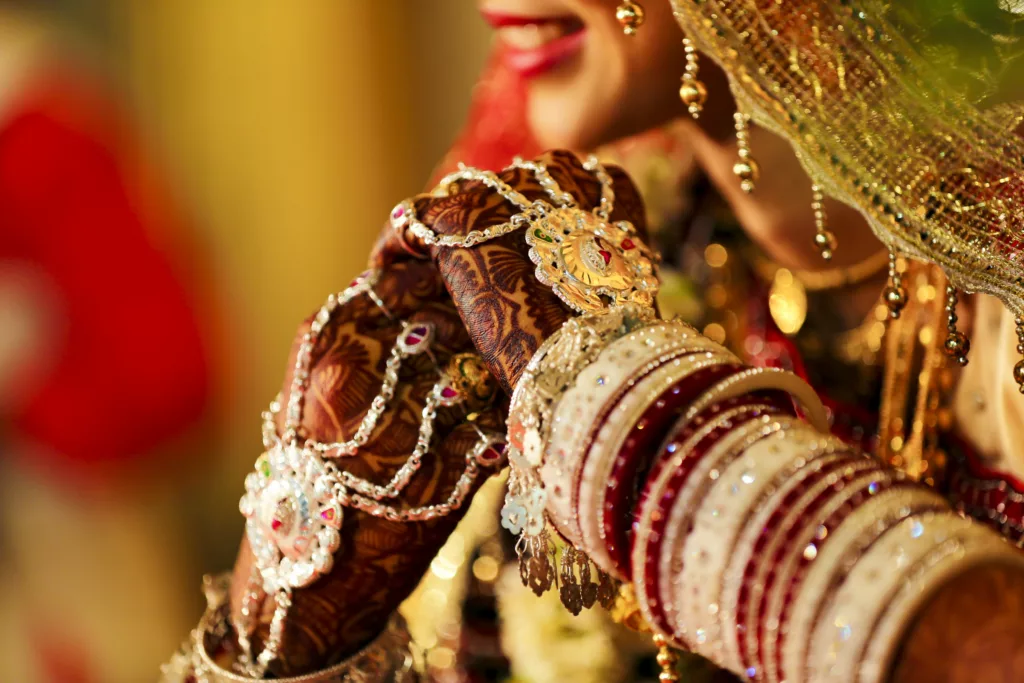
The day before the ceremony is the mehendi. Traditional henna tattoos are put on to the bride’s hands and feet to signify positive spirits, good health, and prosperity in her marriage. She will usually be surrounded by her female friends and relatives.
In the morning the haldi ceremony is held. This is when both of the bride and groom ‘s family spread a mixture of oil, turmeric, and water over the the future husband and wife’s clothes and skin. Doing this calms the couple’s skin and is said to bring good luck. Both families do this as a bonding moment to get to know one another and have fun!
Later that night is the pre-party called the sangeet. Sangeet means “sung together” in English. This is a celebration of both the bride’s and the groom’s family to sing and dance! The bride’s family sings a traditional folk song to welcome the groom’s family into their lives and celebrate. This is not uncommon because Indian culture values family very much.
A Grand Entrance
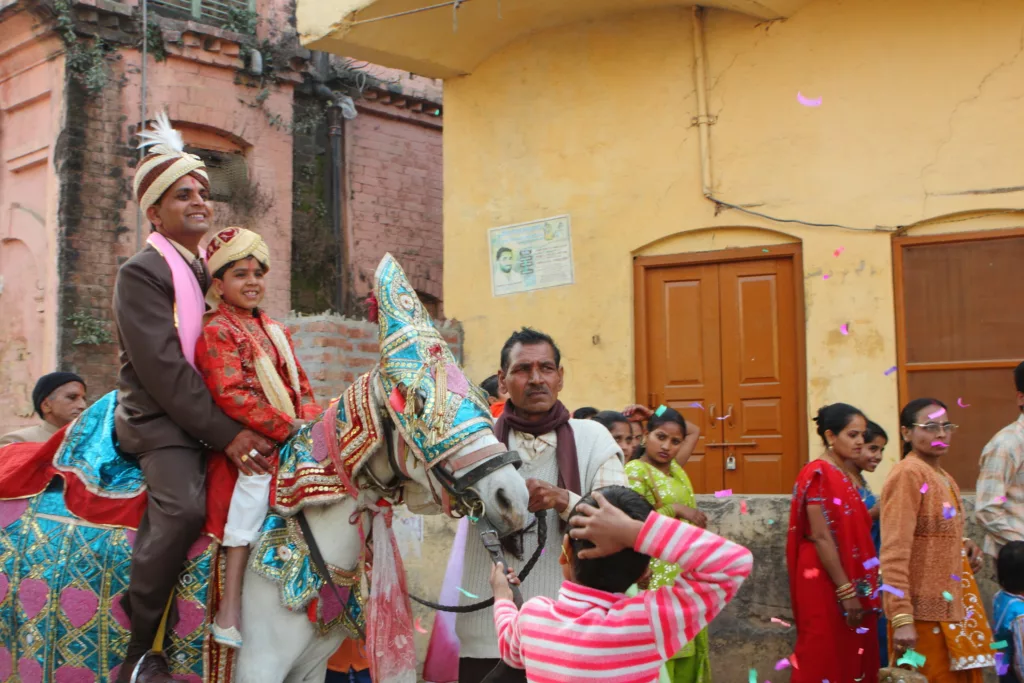
Who needs cars when you have a horse? A very common Indian wedding tradition for the groom is called the baraat. This is like a grand entrance of a prince arriving to a party. The groom usually arrives on a Ghondi, or white horse, adorned with colorful fabrics and jewels. Family members usually throw flowers as the groom arrives to celebrate.
When a horse doesn’t cut it, they can always go on an elephant! This is a more extravagant entrance that is sure to garner plenty of attention. Like the white horse, the elephant also has beautiful fabrics on it.
Indian Wedding Traditions: The Ceremony
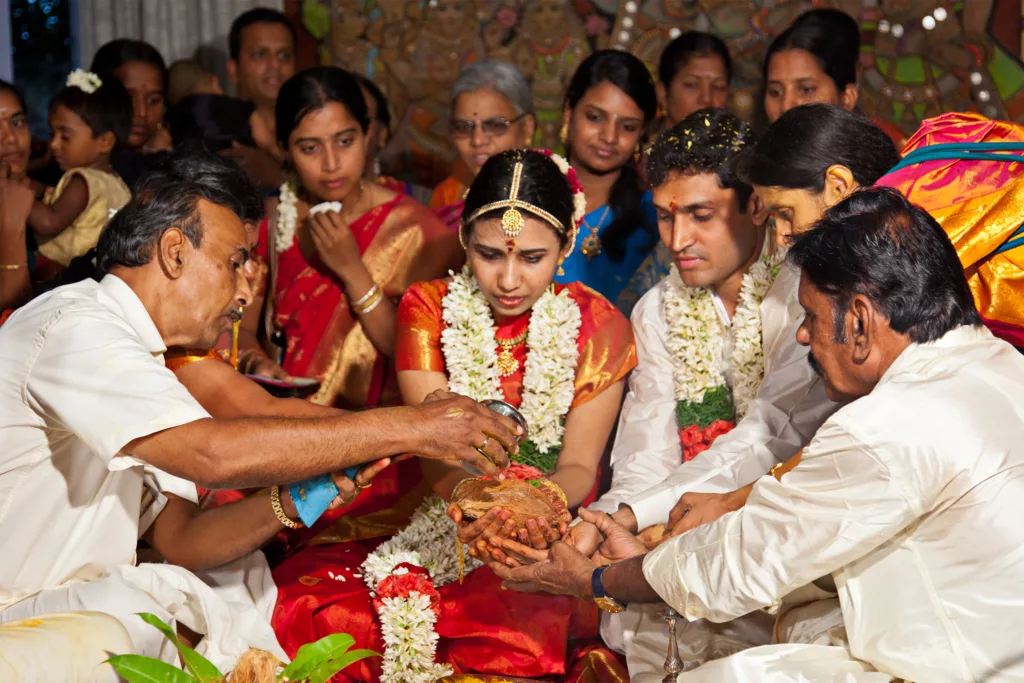
The main ceremony stage in an Indian wedding hall is called the mandap. The mandap is the colorful structure that the bride and groom will be married under. The four pillars of the mandap symbolize the parents of the bride and groom. The bride and groom share this magic moment with their family by their side.
The ceremony starts off with the bride’s parents handing her over to the groom, which is called the kanya daan. This symbolizes a new chapter of the bride and groom’s life and connection.
After that, a fire is made at the center of the mandap where the bride offers rice as a blessing. The offering is called a homam.
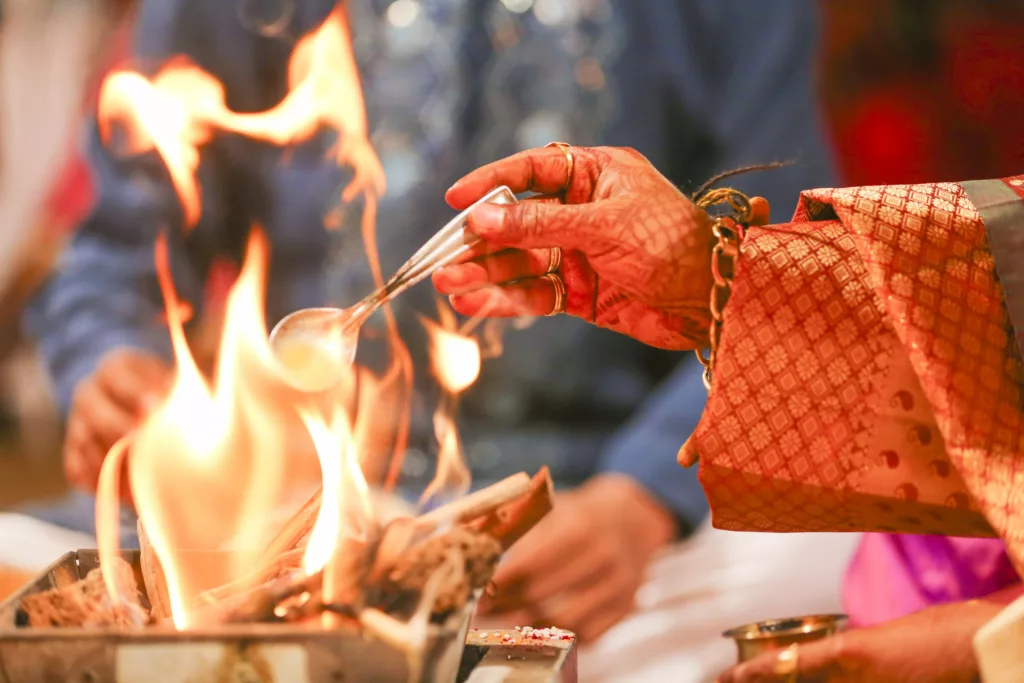
The bride and groom exchange colorful floral garlands in an act called the jai mala. This expresses their desire to marry each other. This tradition does not only proclaim the couple’s connection, but also their families becoming one. This includes the couple’s values, tradition, and cultures forming becoming a union.
Afterwards, the couple will take their saptapadi, or their vows. During the saptapadi, the bride and groom will hold hands while they circle around the fire seven times, symbolizing “the seven steps” for caring and loving each other in marriage. Family members will throw flowers and rice at the couple to give them their blessings.
The ceremony ends with the groom applying red powder to the bride’s forehead and putting on a black and gold bead necklace for her, symbolizing she is a married woman.
After the ceremony is done, it’s time to celebrate!
Indian Wedding Traditions: The Reception
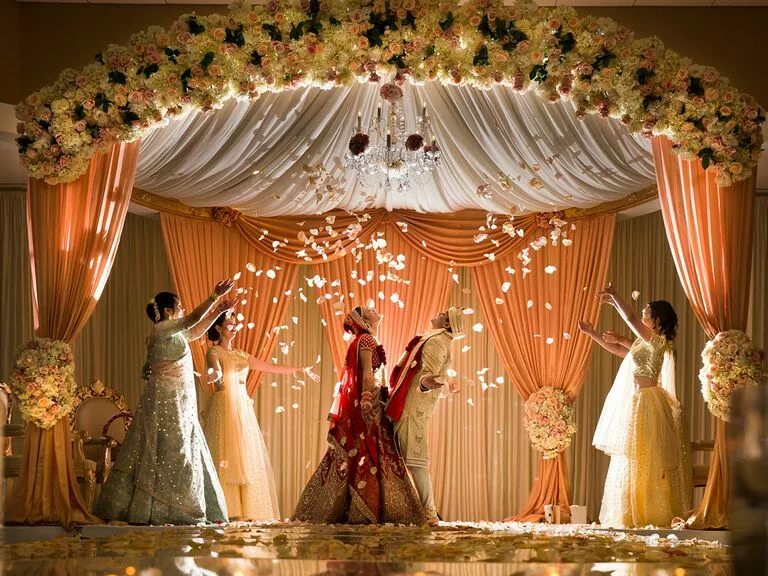
An Indian wedding reception is a time to share stories, have drinks, and get out on the dance floor!
An Indian wedding can’t be complete without having fun! Our banquet Indian wedding venue provides our guests with a great atmosphere to dance, especially when it comes to the bhangra and garba!
During Indian weddings, it is very common to have a large number of people dancing all at the same time and in unison. The surprising part is that the dances aren’t really choreographed, but are passed down through generations.
Music is an integral part of any reception, especially within Indian weddings. Since India has their own style of Hollywood called Bollywood, there are many popular film songs that might play during the reception. A traditional Indian band will most likely play from Indian instruments such as the shehnai, tabla, and sarangi. Baraat music is also very common to send a fun mood during the celebration.
It’s Time to Eat!
The color doesn’t stop with just the decorations. Indian foods are filled with amazing spices, flavors, and colors!
In India, most of the food is provided by both the bride and groom’s family. Cooking alongside one another is an important trait that Indian cultures value. When the food is all ready, it is common that family members will eat together in one table. This showcases the new bond of the families while they celebrate the newlywed couple.
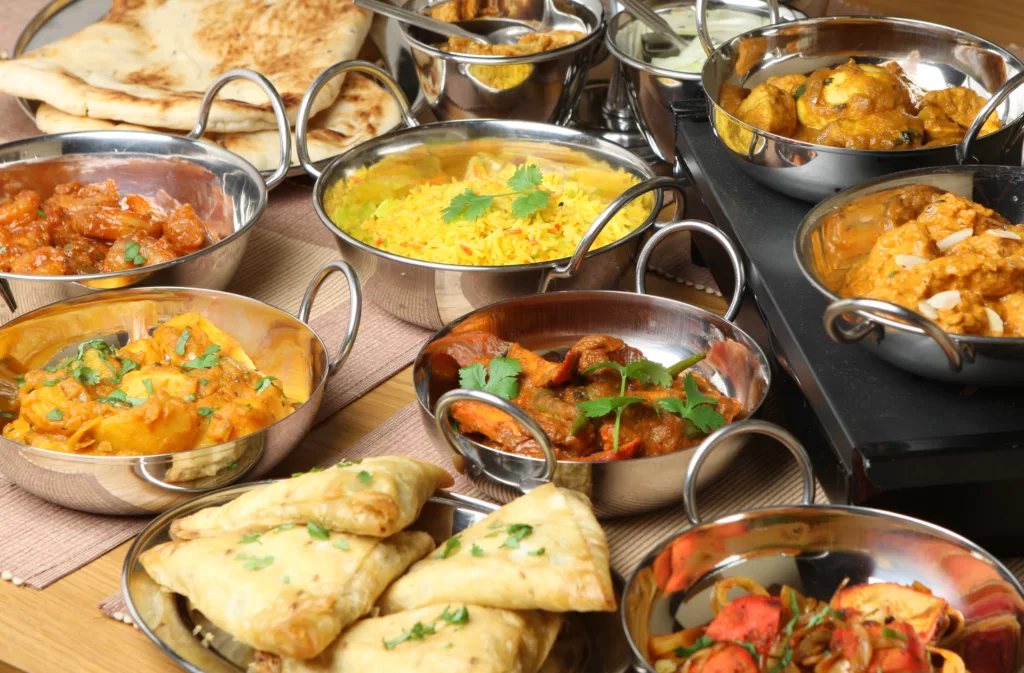
Our catering options are customized for your every need. We can do vegetarian options in a family style, buffet style, hors d’oeuvres, or table service. Whether it’s great Indian dishes like pasanda, pilad, or dal bukhara, our in-house catering service can make your night filled with delicious food.
Conclusion
We know what it means to plan culturally diverse weddings. No matter how extravagant your wedding might be, your traditions are important to us. It takes a lot of time and consideration to plan and choose an Indian wedding venue. From the colorful designs, to the traditional Indian ceremony, it can be stressful. Imperial Event Venues is one of the best banquet halls for Indian weddings and will be there to help every step of the way and make sure you can focus on your special day.